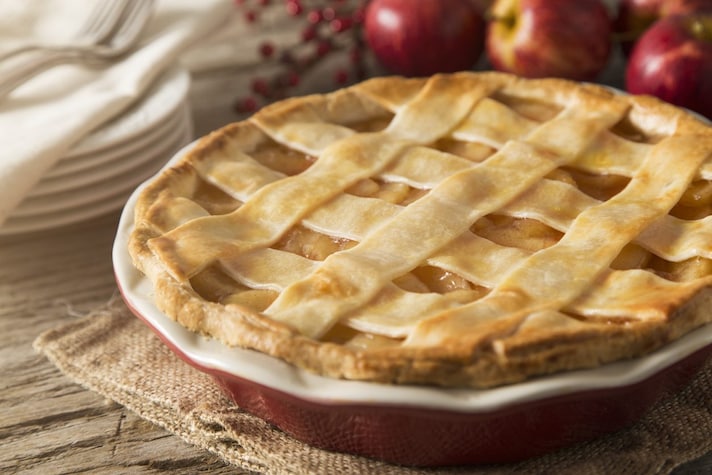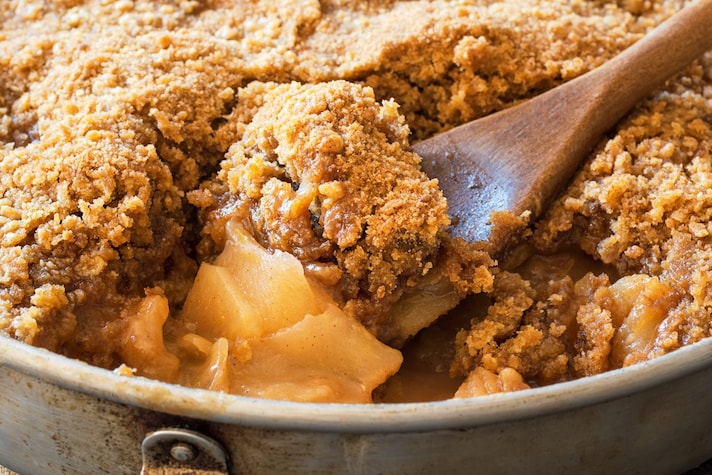How To Select The Best Apples for Apple Pie and Apple Crisp
Baking with apples is fun, but it is important to be aware of the few varieties that work well for most recipes if you want to limit food waste. Keep reading to learn more about what you should consider when selecting apples for either dessert.
;Resize,width=742;)
When baking with apples, there are some techniques that are more suited to making apple pie, while others will help you make a great apple crisp. It is important to understand how the varieties you choose affect your baking and not mix them up for the best results.
What To Consider When Selecting Apples for Apple Pie

With apple pies, you want the apples to retain some of their shape and texture to achieve a distinct bite and structure for each slice. Also, nobody likes a soggy-bottom pie crust which means you need a dry apple to make a great apple pie. This is because a drier apple type doesn't release as much juice when it's cooked.
Some people argue that the best apple pie has layers of dynamic flavors and textures. To achieve this, use more than one type of apple, each offering a different taste/texture when baked.
What To Consider When Selecting Apples for Crisp
Apple crisp is a direct contrast to apple pie because it is a gooey, jammy filling that features broken-down apples. An apple crisp doesn't typically feature a bottom crust, and it's scooped into bowls rather than sliced.
Here, it is better to opt for wetter, juicier apples that break down easily when cooked. With them, you generally expect a more homogeneous texture of stewed apples, perfect for the occasion.
Apples Best For Apple Crisp

- Fuji Apples: These apples are the best "happy medium" apples available in most supermarkets. They're known for being extraordinarily juicy, and they break down wonderfully when cooked.
- Golden Delicious Apples: Their signature soft, mealy texture makes them the perfect apple for crisps. When cooked, they melt down into jammy deliciousness and serenade with an intense sweetness and a concentrated apple flavor.
- McIntosh Apples: They boast an intense sweetness with soft flesh that easily releases its juice, all of which makes them the ideal apple for apple crisp.
Apples Best For Apple Pie

- Granny Smith Apples: These are famously known as "pie apples." They are popular for their snappy tartness and ability to maintain their shape and texture when cooked.
- Crispin Apples: They are also known as Mutsu apples, and have a pleasant tartness that's perfect for balancing out the added sugar in sweet baking recipes. They're best used for pie, as they retain their shape quite well in the oven.
Great Apples You Can Use For Both Apple Crisp and Pie
- Braeburn Apples
- Cortland Apples
- Honeycrisp Apples
- Jonagold Apples
- Pink Lady Apples
;Resize,width=767;)

;Resize,width=712;)
;Resize,width=712;)
